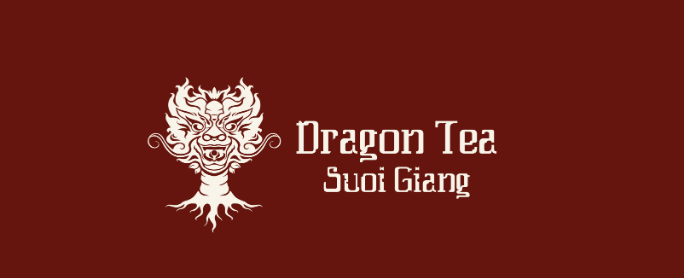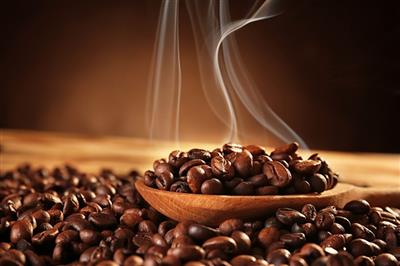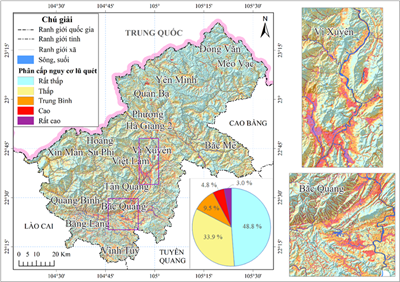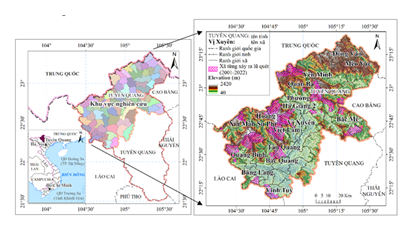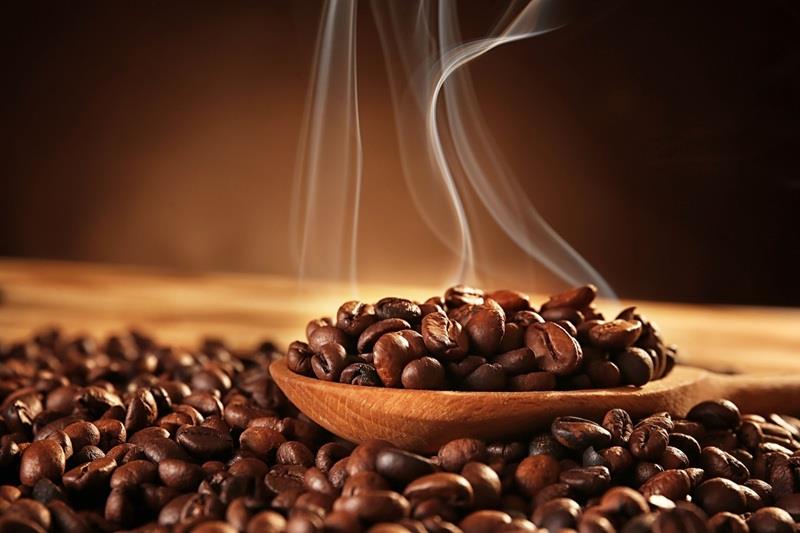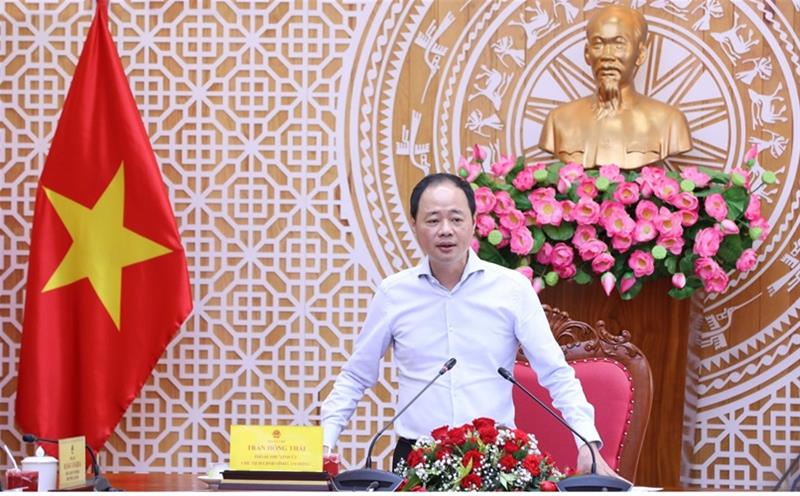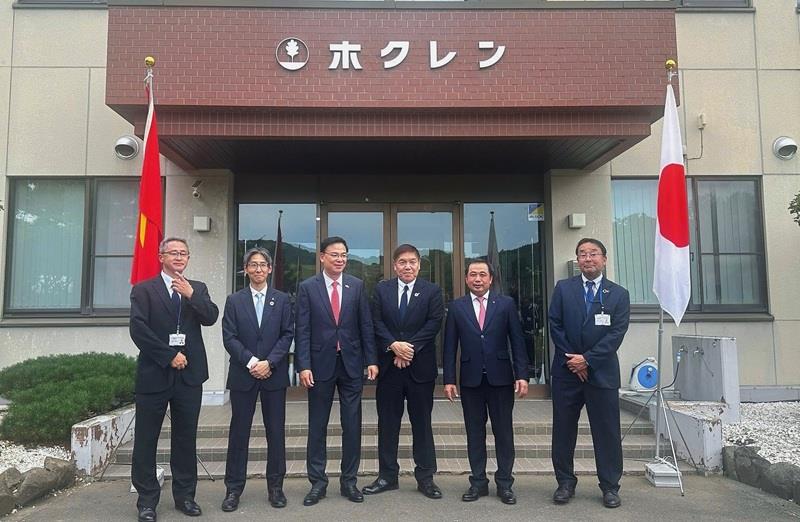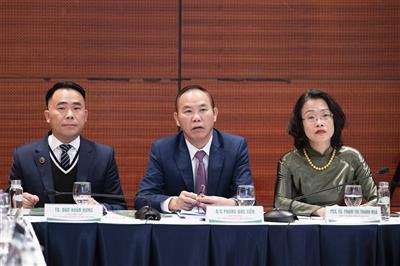
Conversion of water hyacinth into activated carbon for the removal of Tetracycline from water: Laboratory-scale findings
18/09/2025TN&MTA research team at Nguyen Tat Thanh University has developed a method to convert water hyacinth, an invasive aquatic species, into activated carbon with the capacity to adsorb Tetracycline (TC)—a contaminant of emerging concern in aquatic environments. Experimental results showed that the activated carbon derived from water hyacinth exhibited a specific surface area of 630.46 m²·g⁻¹ and an adsorption capacity of 108.2 mg·g⁻¹, suggesting its applicability in wastewater treatment processes.
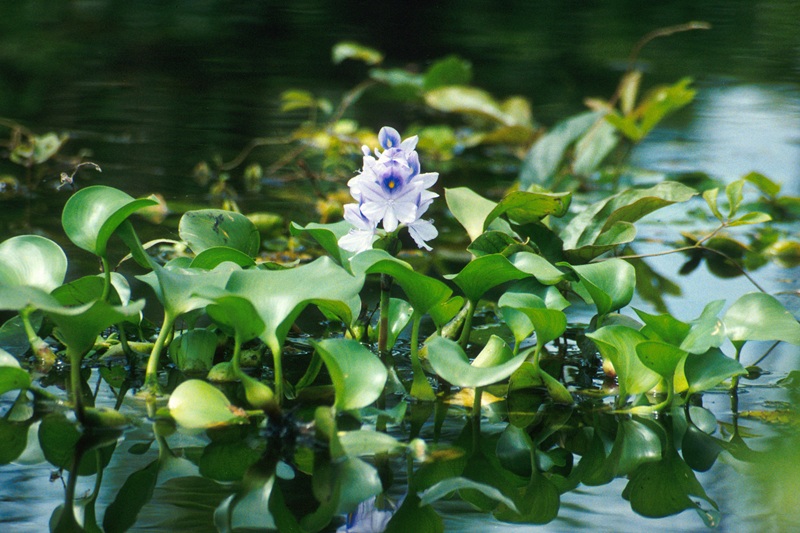
Water hyacinth (Eichhornia crassipes) – an invasive aquatic plant used as a biomass source for activated carbon production in this study (Photo: Internet)
Tetracycline: A persistent antibiotic in aquatic environments
Tetracycline (TC) is a broad-spectrum antibiotic, first introduced in the 1940s and extensively employed in human and veterinary medicine, aquaculture, and animal husbandry. TC inhibits protein synthesis, thereby suppressing or eliminating gram-positive and gram-negative bacteria as well as certain parasites.
The widespread use of TC has resulted in environmental persistence: significant amounts of unmetabolized or inadequately treated residues are discharged into rivers, lakes, and canals. International studies have demonstrated that residual TC disrupts microbial communities, threatens aquatic food chains, and promotes the development of antibiotic-resistant bacteria—recognized as a critical global health threat.
In Vietnam, the common use of antibiotics in livestock and aquaculture heightens the risk of TC contamination in surface and groundwater, particularly in agricultural regions, craft villages, and areas of intensive aquaculture.
Activated carbon adsorption: A viable treatment option
Various treatment methods for TC have been investigated, including advanced oxidation processes, photocatalysis, membrane filtration, and biodegradation. Among these, adsorption using activated carbon is considered an effective and economically viable option, with the advantage of avoiding harmful by-products.
Activated carbon is characterized by its large specific surface area, well-developed porous structure, and abundance of functional groups, which together enhance pollutant adsorption. The limitatfrion, however, is that commercial activated carbon is generally produced from non-renewable sources such as coal and wood, resulting in high costs.
Consequently, there is increasing interest in renewable, low-cost, and environmentally sustainable feedstocks. Water hyacinth (Eichhornia crassipes), often responsible for clogging waterways, represents a potential alternative.
Water hyacinth: From invasive species to renewable biomass
Water hyacinth is one of the fastest-growing aquatic plants, capable of doubling its biomass within 5–15 days. It forms dense mats, reduces dissolved oxygen, and adversely affects aquatic organisms. Its management requires substantial effort and financial resources, often with limited effectiveness.
The research team led by MSc. Pham Trung The and Assoc. Prof. Dr. Ho Thi Thanh Van explored the use of water hyacinth as a biomass feedstock for activated carbon production. Chemical activation with potassium hydroxide (KOH) in combination with cobalt(II) sulfate (CoSO₄) impregnation significantly enhanced the adsorption properties of the product.
Preparation of activated carbon from water hyacinth
Collection and pre-treatment: Water hyacinth was harvested from canals in Hoc Mon District (Ho Chi Minh City). Leaves and roots were removed; samples were washed, cut, oven-dried at 105 °C for 24 h, ground, and sieved to 1 mm.
Activation and carbonization: Biomass powder was mixed with CoSO₄ and KOH at a ratio of 1:2, dried, and pyrolyzed at 600 °C under a nitrogen (N₂) atmosphere, with a heating rate of 10 °C·min⁻¹.
Neutralization and storage: The resulting carbon was washed with 1.0 M hydrochloric acid (HCl) and deionized water until neutral pH, oven-dried, and stored in a desiccator.
BET surface area analysis confirmed a value of 630.46 m²·g⁻¹, with microporous structures averaging ~3 nm, suitable for TC adsorption.
Experimental findings
Batch adsorption experiments indicated the following:
- Effect of pH: Highest removal efficiency at pH 3 (67%), lowest at pH 9 (51%).
- Initial concentration: Optimum adsorption observed at 75 mg·L⁻¹.
- Adsorbent dosage: Best performance at 0.5 g·L⁻¹.
- Contact time: Adsorption reached maximum capacity (108.2 mg·g⁻¹) after 90 minutes, approaching equilibrium thereafter.
Comparison with other adsorbents:
- Apricot shell-based carbon: 308.33 mg·g⁻¹
- Alfalfa-derived carbon: 302.37 mg·g⁻¹
- Rice straw-based carbon: 14.16 mg·g⁻¹
- Water hyacinth-derived carbon (this study): 108.2 mg·g⁻¹
- Although its adsorption capacity is lower than that of some high-grade precursors, water hyacinth-based activated carbon offers advantages in cost-effectiveness, feedstock availability, and scalability.
International perspectives
In recent years, research in the United States, Japan, China, and India has examined agricultural residues and plant biomass—such as rice husks, corn cobs, coconut shells, and dried algae—for activated carbon production to remove antibiotics. While many show potential, limitations remain regarding adsorption efficiency or economic feasibility.
The present study in Vietnam is notable for simultaneously addressing two issues: the management of an invasive aquatic species and the development of a low-cost, locally adaptable material for water treatment.
Potential applications and outlook
With laboratory-scale feasibility established, water hyacinth-derived activated carbon could be scaled up for industrial applications, including:
- Treatment of wastewater from hospitals, livestock farms, and seafood processing facilities.
- Removal of recalcitrant organic pollutants from drinking water.
- Use as a catalyst in photocatalytic or electrochemical remediation processes.
- Community-based collection and utilization of water hyacinth may also create livelihood opportunities for local populations while improving aquatic ecosystems.
Conclusion
This research demonstrates that water hyacinth, previously considered a problematic invasive species, can be transformed into a valuable biomass resource for water treatment applications. The activated carbon produced exhibited promising performance for TC removal and represents a step forward in developing green remediation technologies in Vietnam.
MSc. Pham Trung The noted: “We expect that these findings will contribute to addressing antibiotic contamination while encouraging the effective utilization and management of water hyacinth biomass at the local level.”
The study was supported by Nguyen Tat Thanh University (Project Code 2025.01.75) and provides an initial foundation for the commercialization of biomass-derived adsorbents in Vietnam.
Viet Anh

